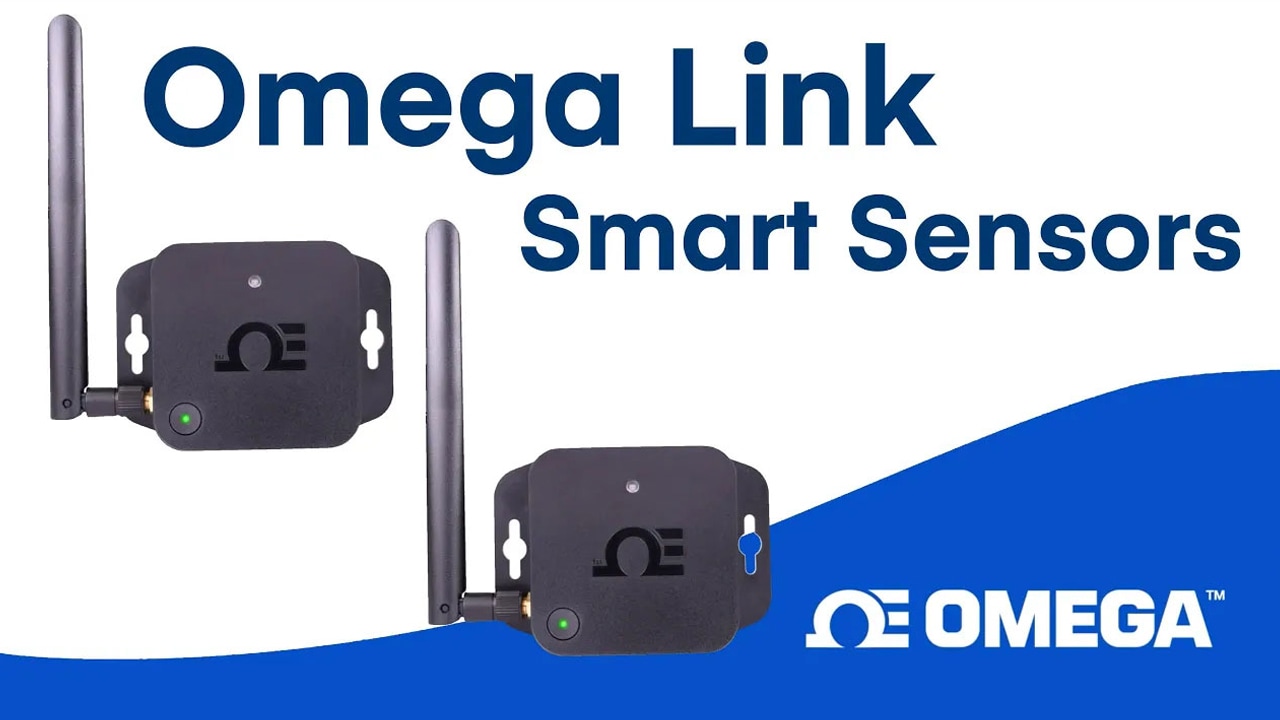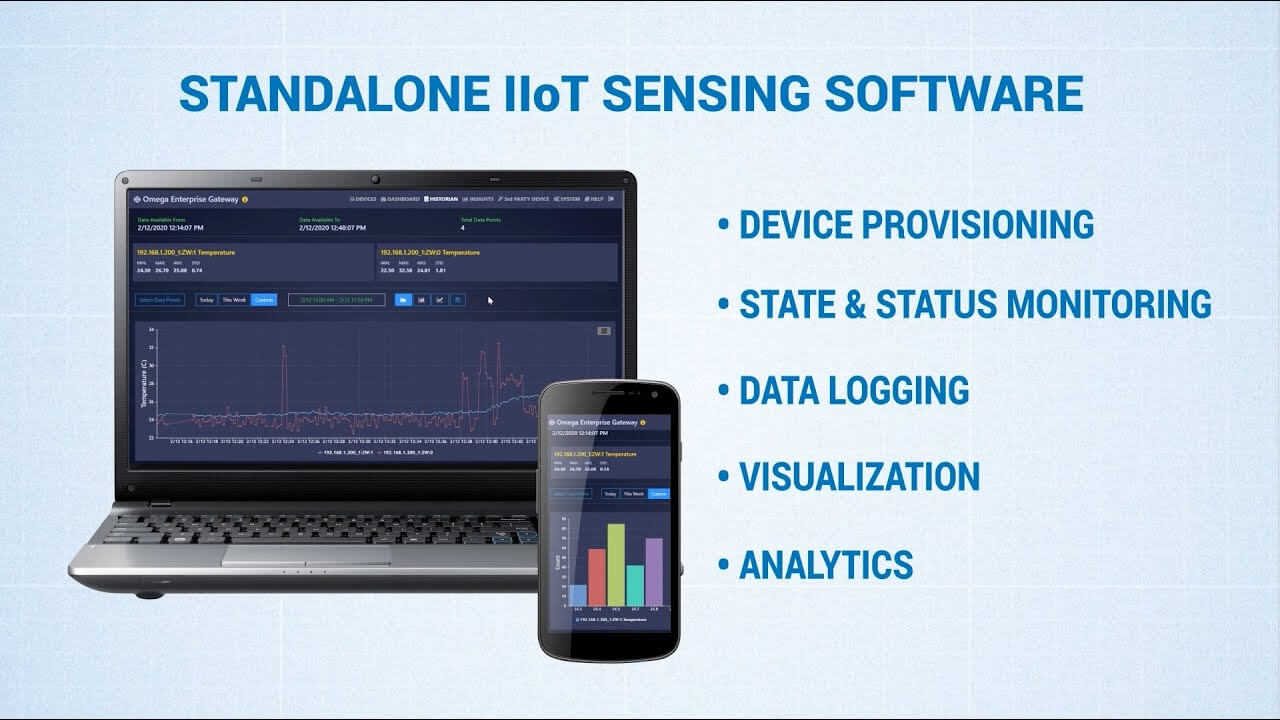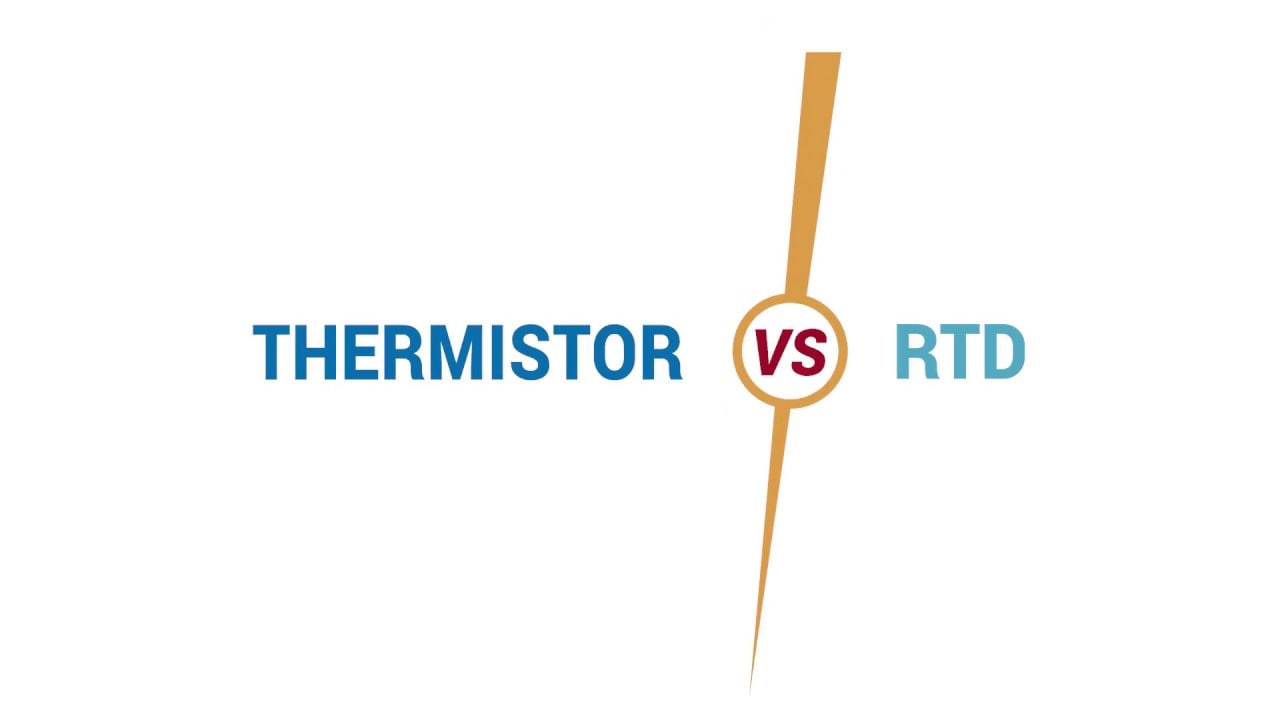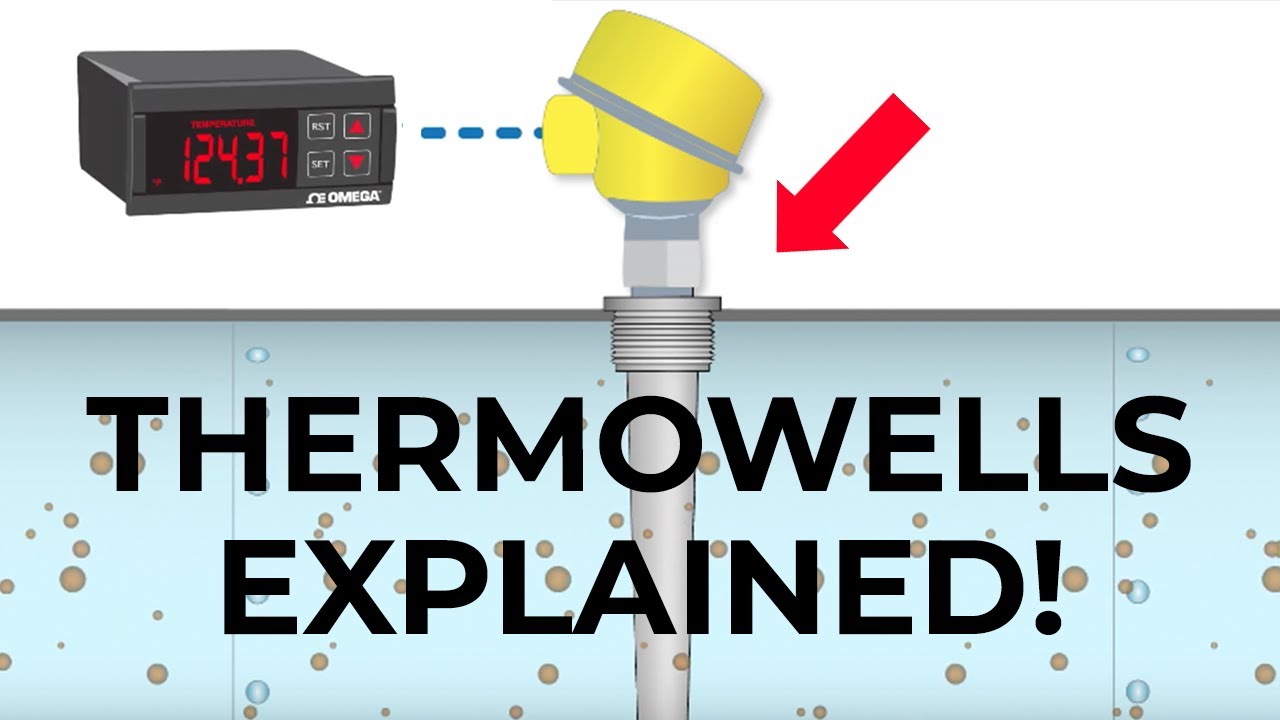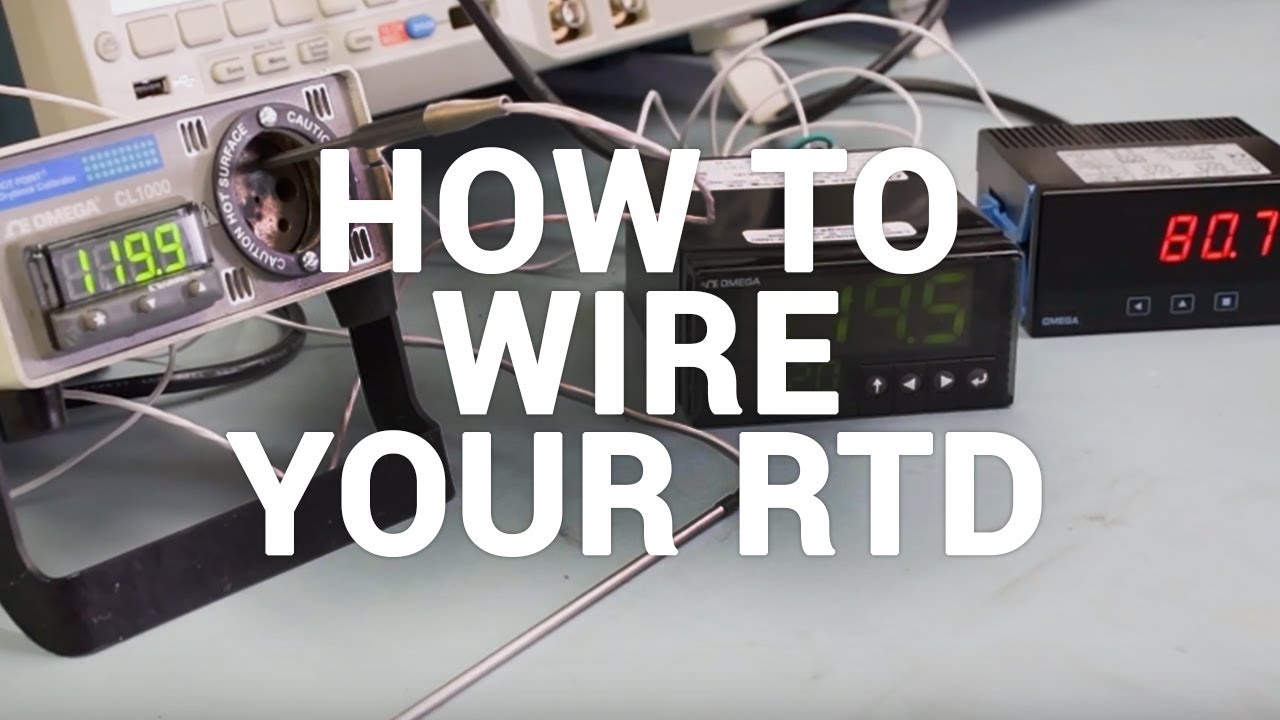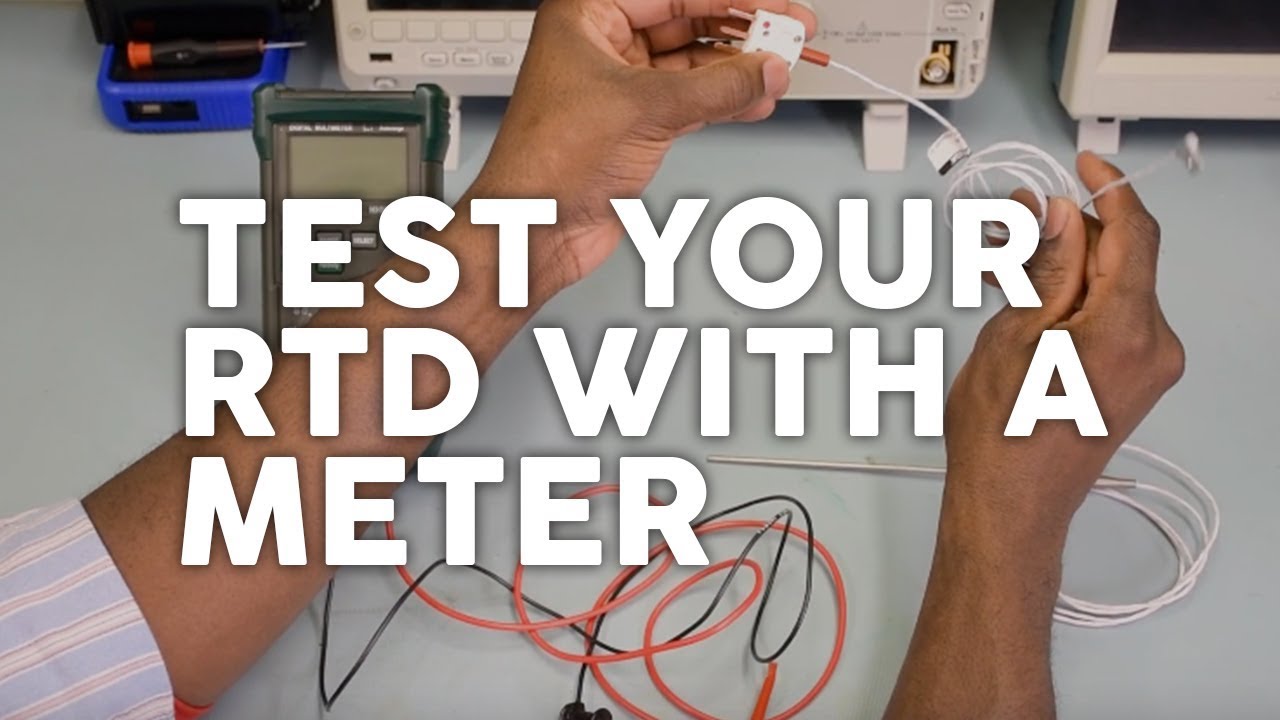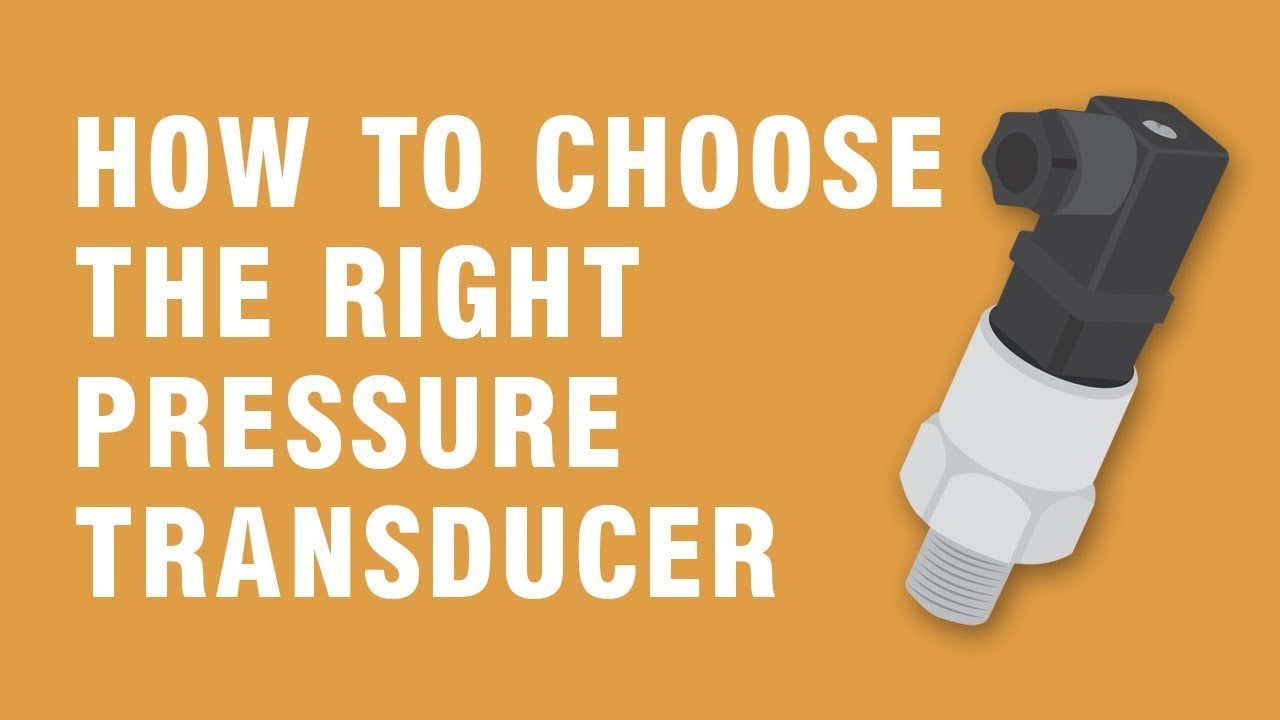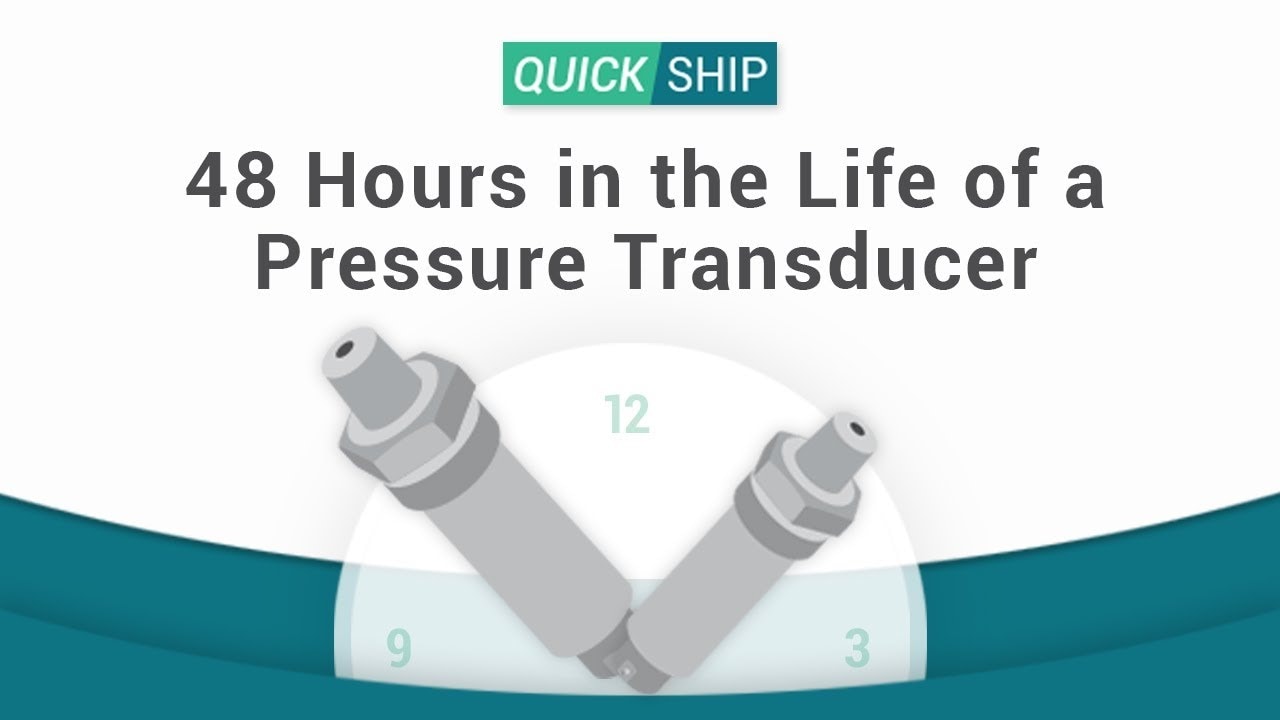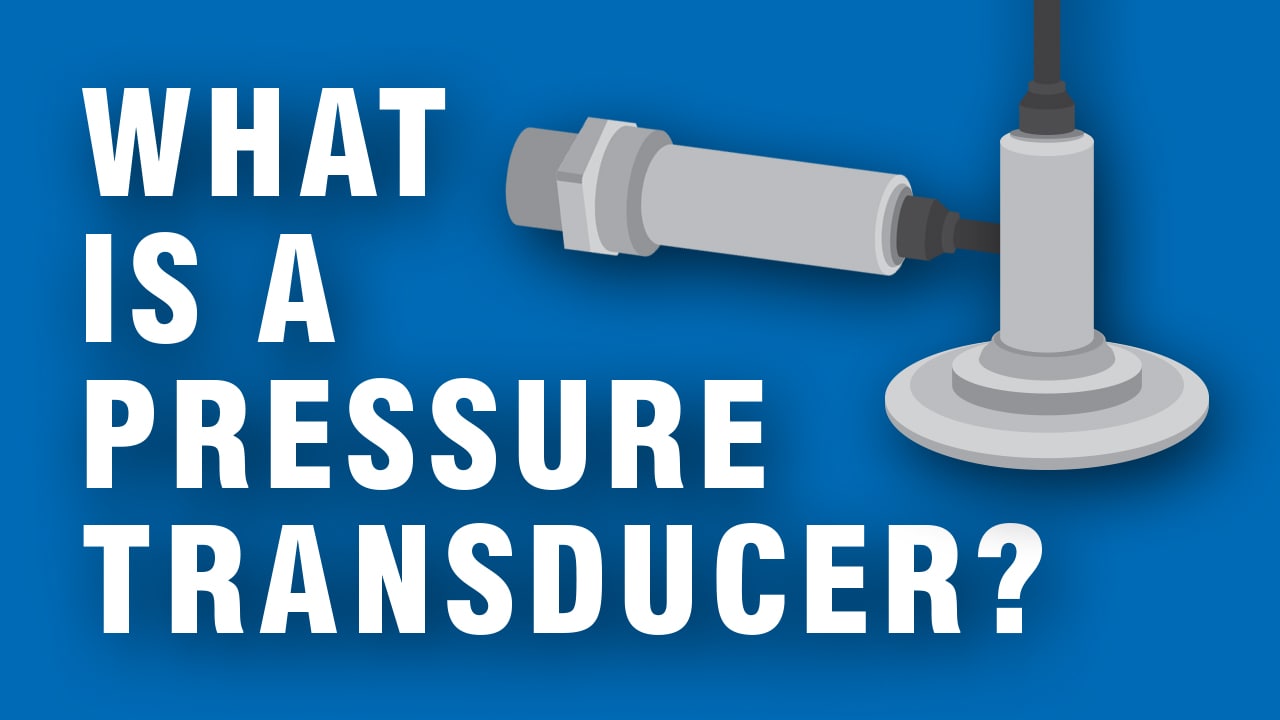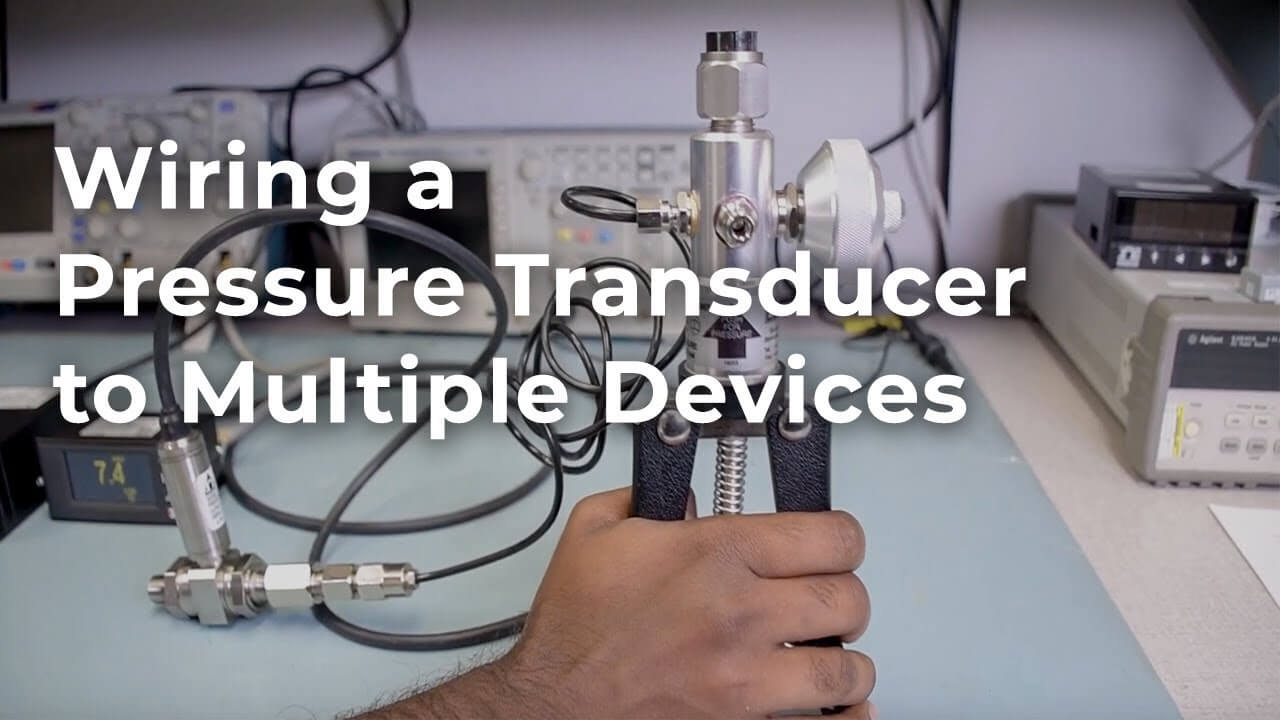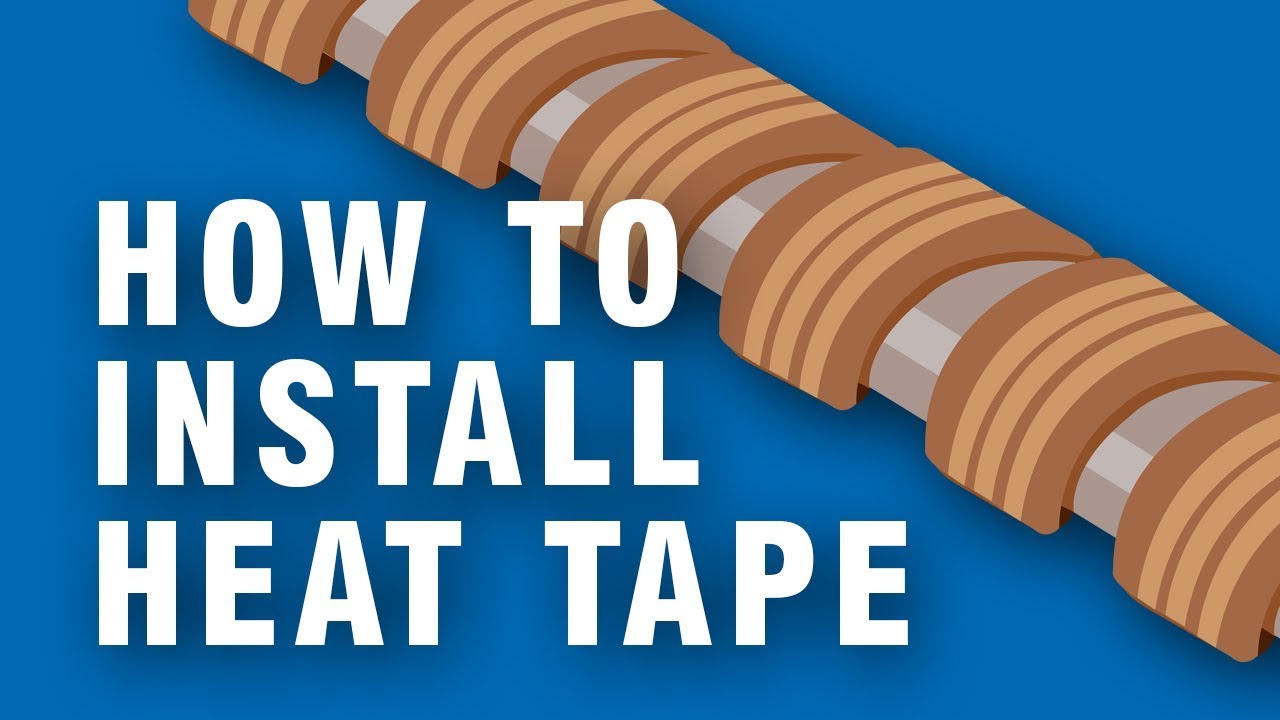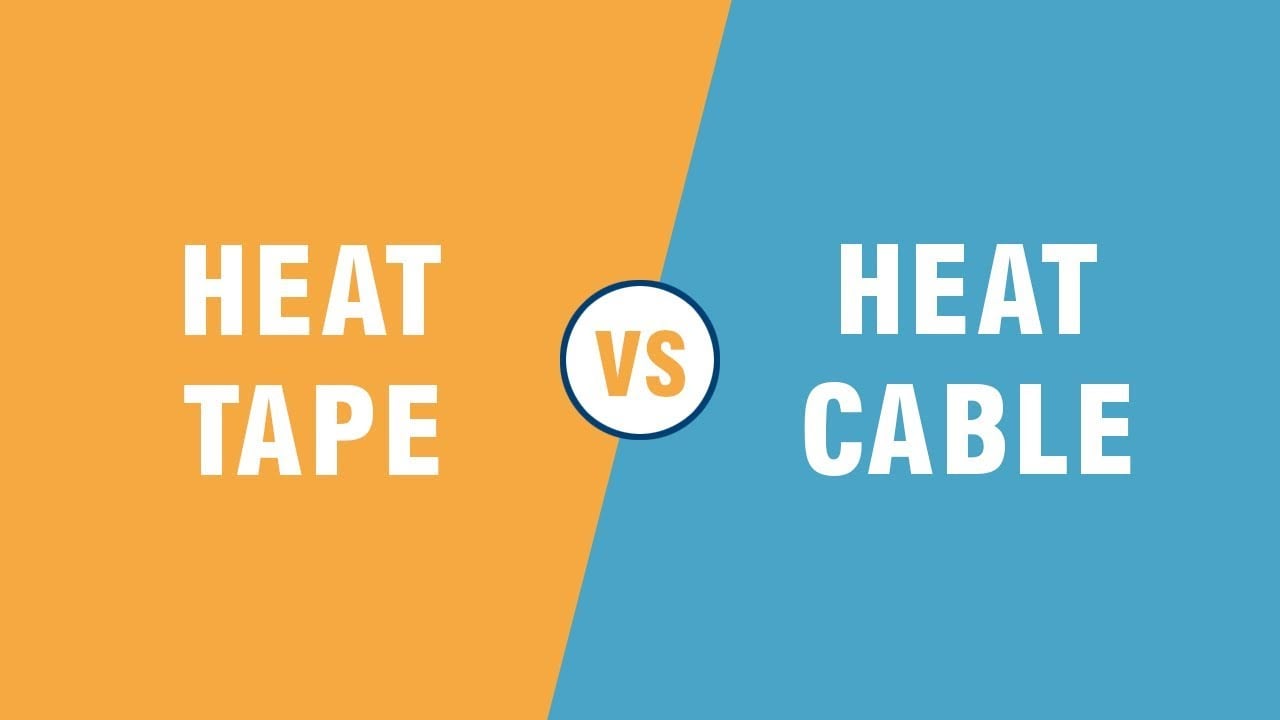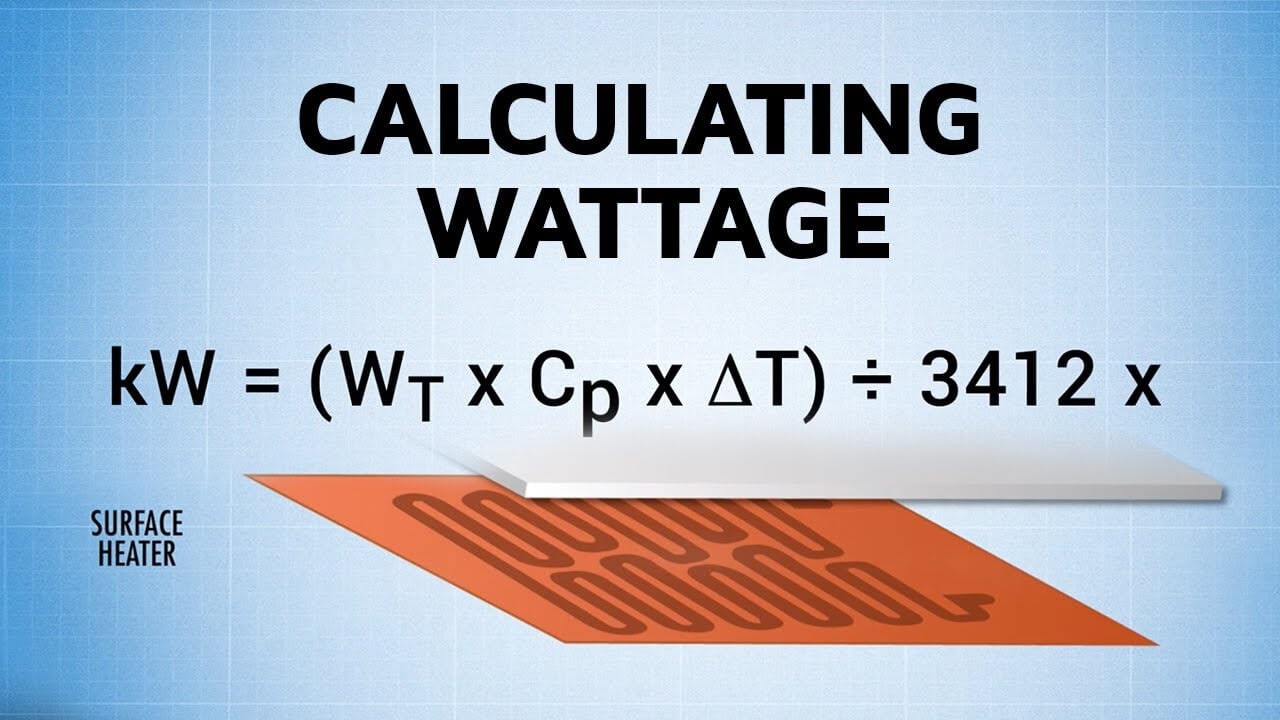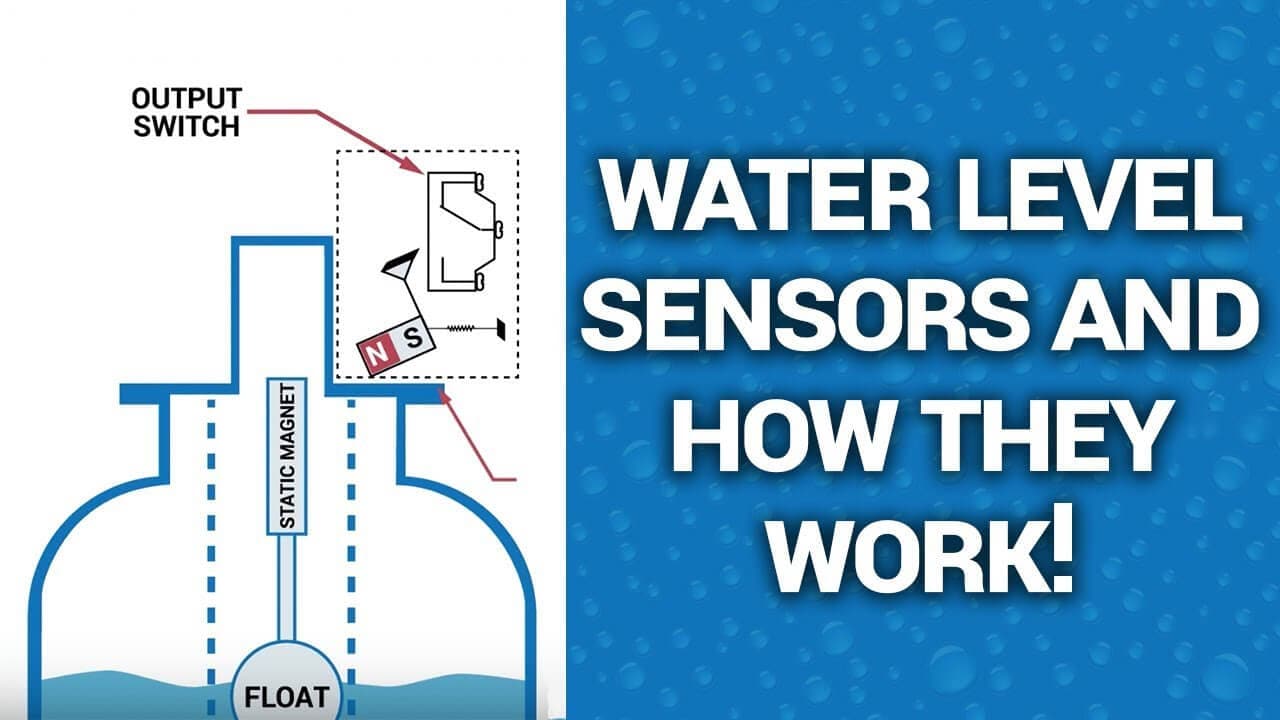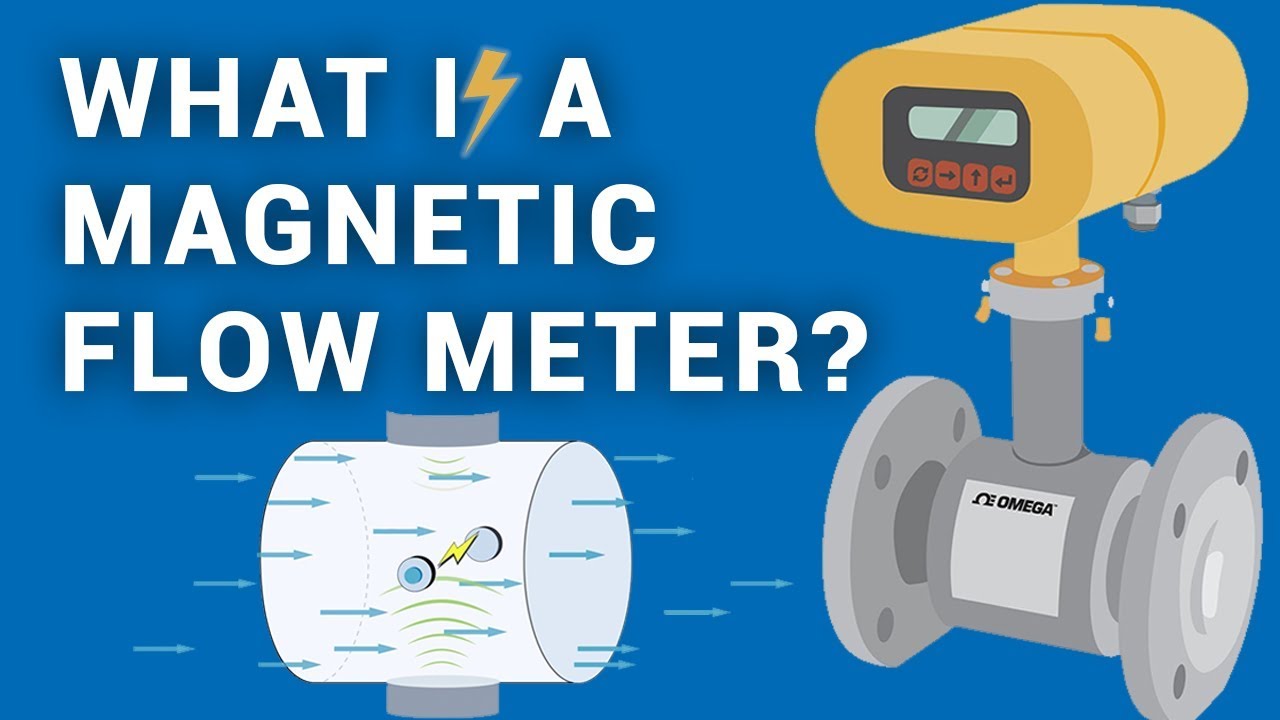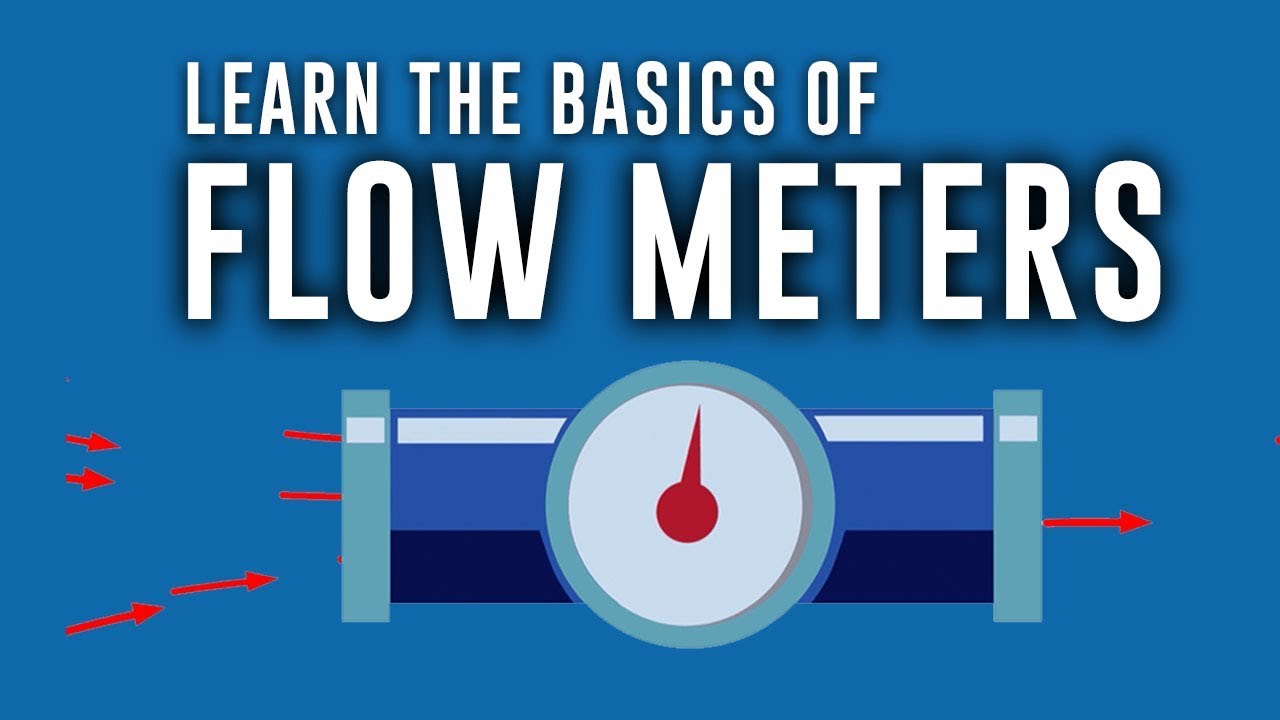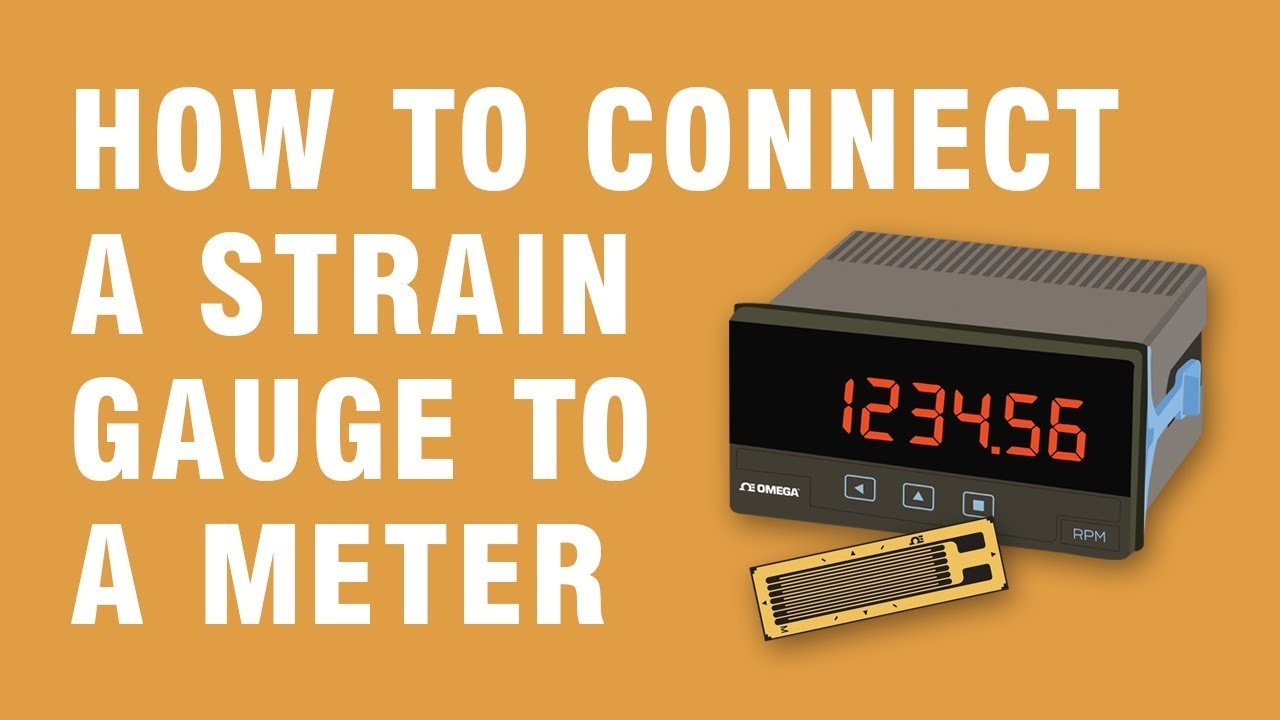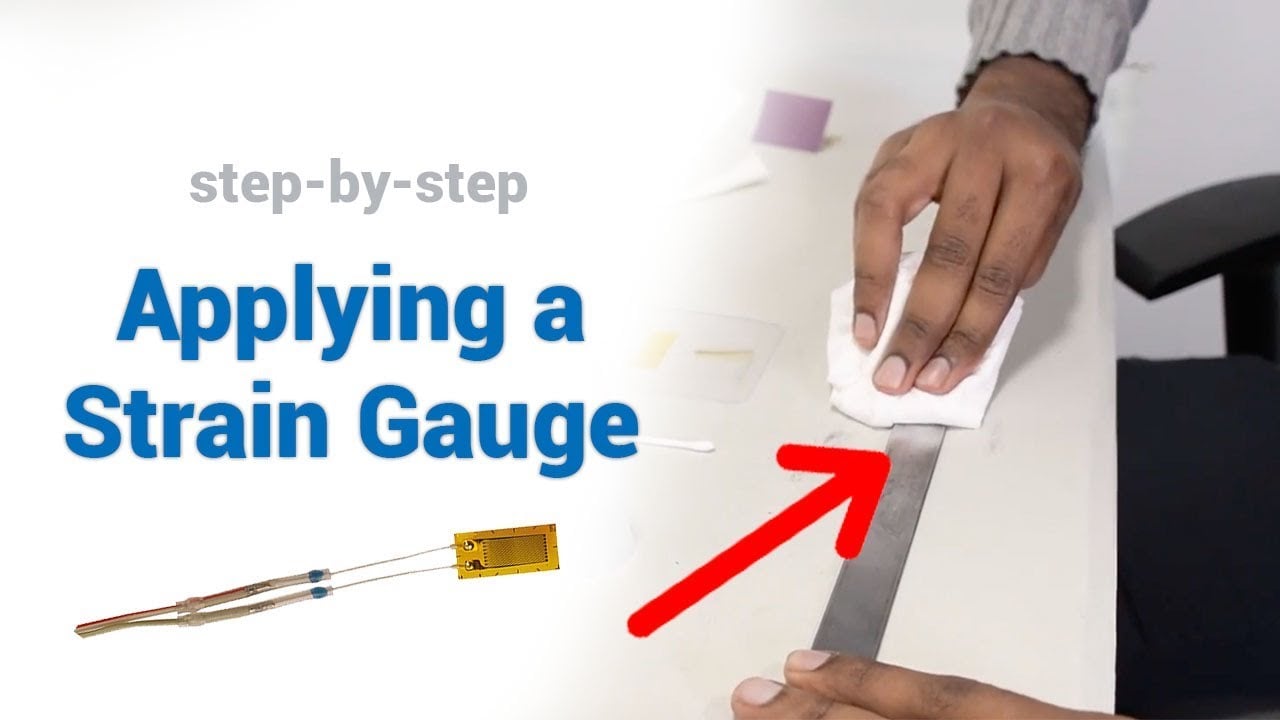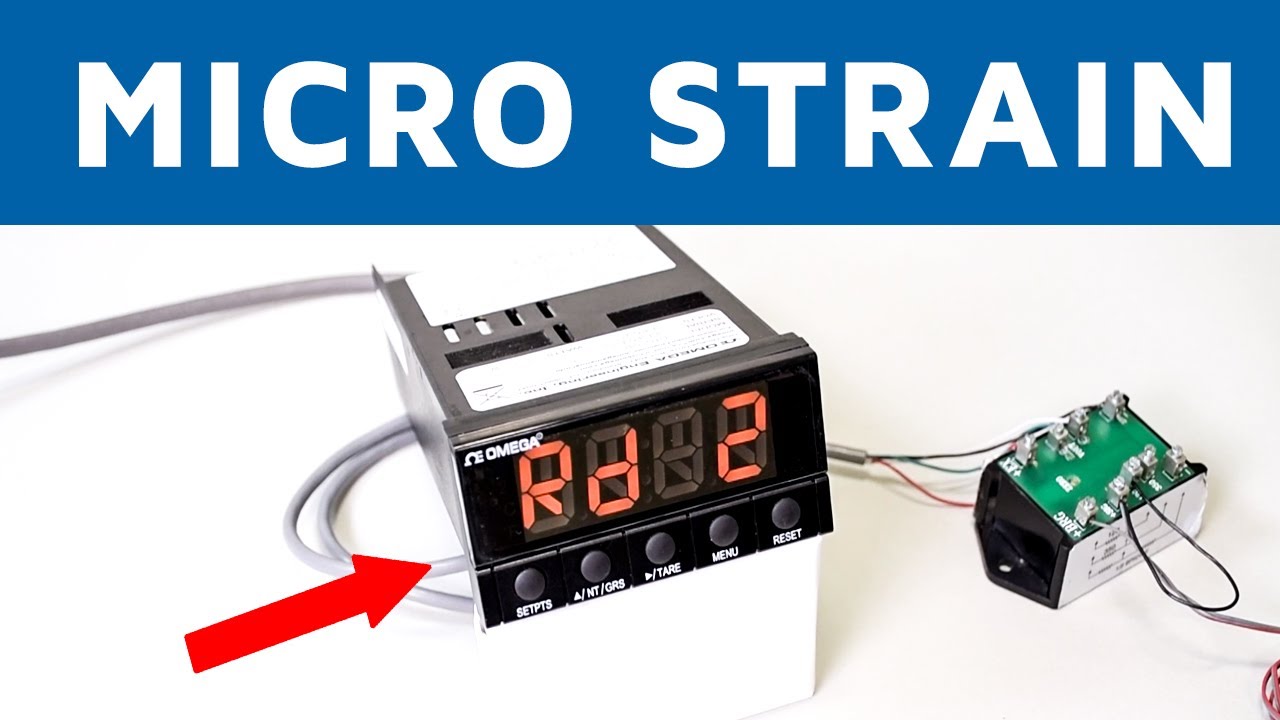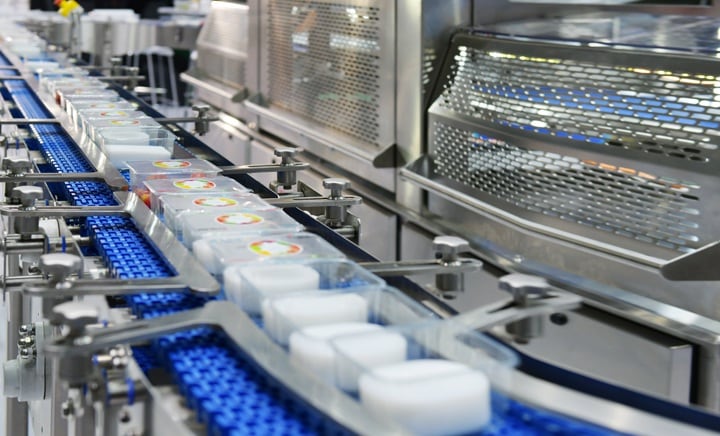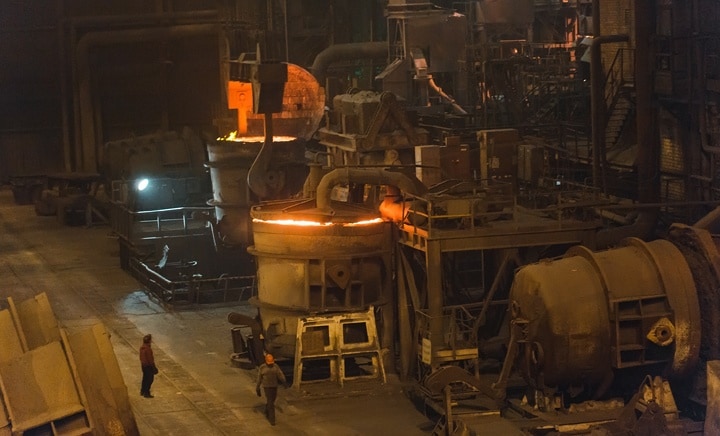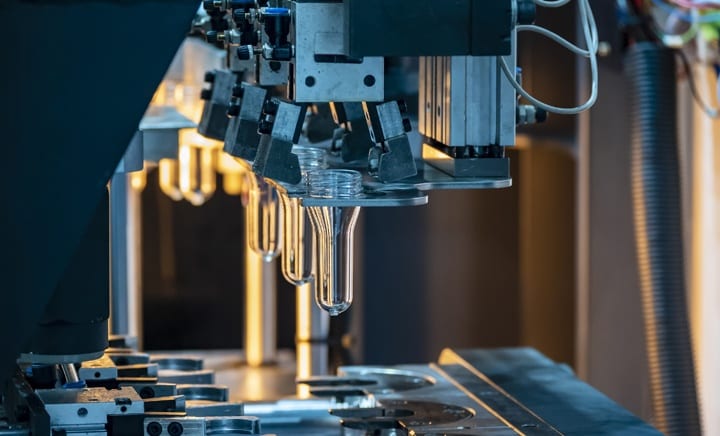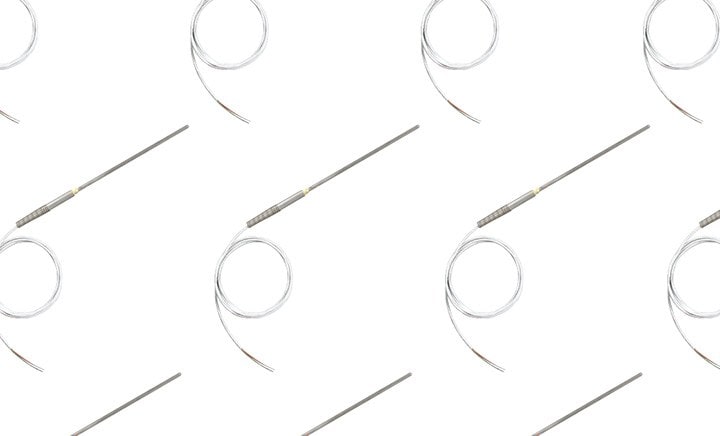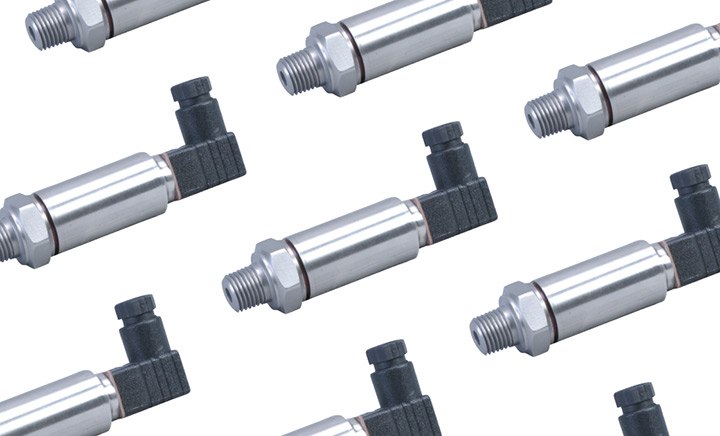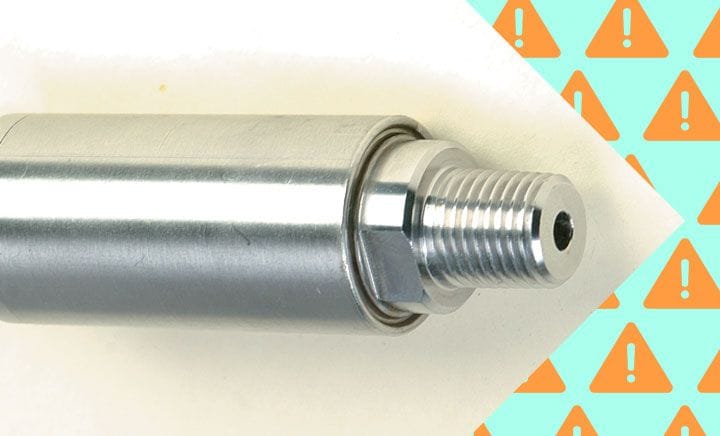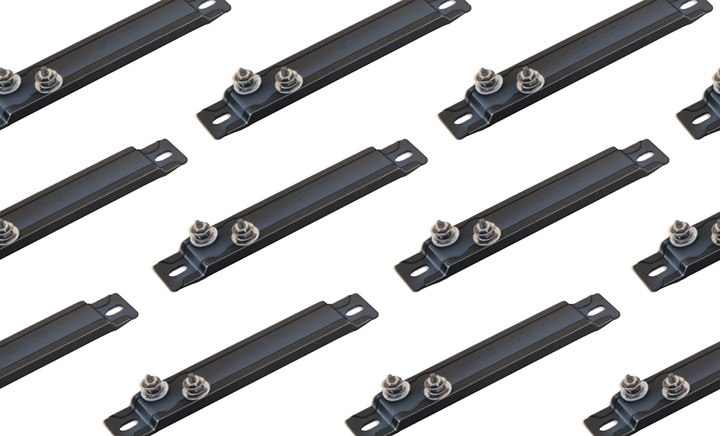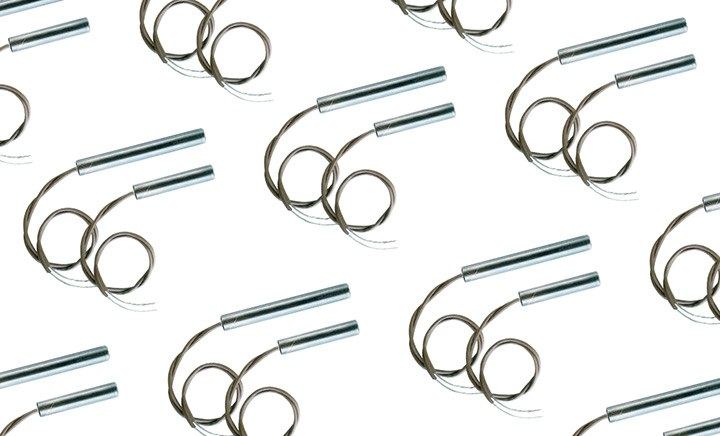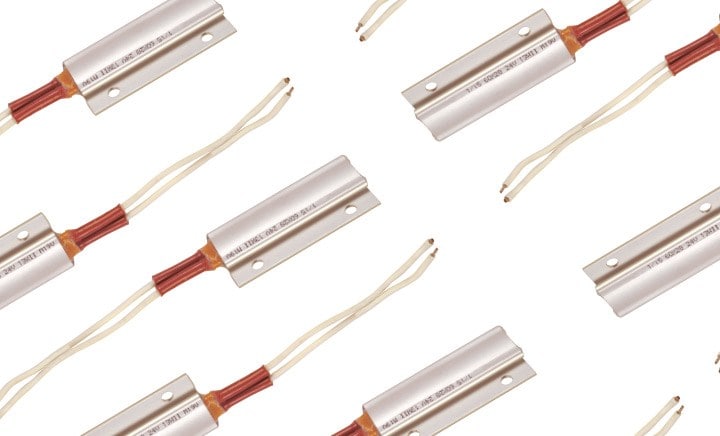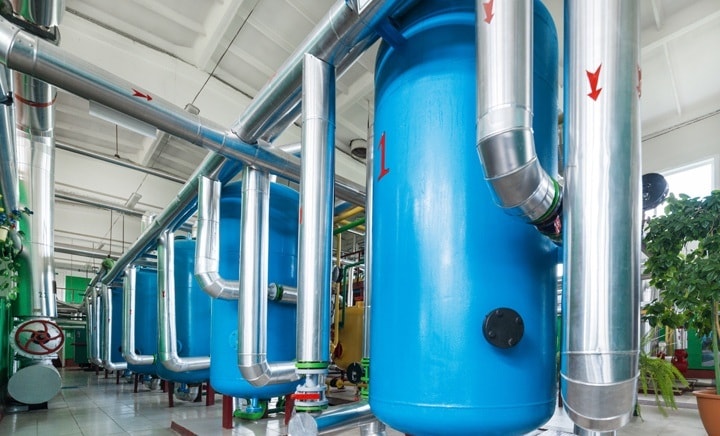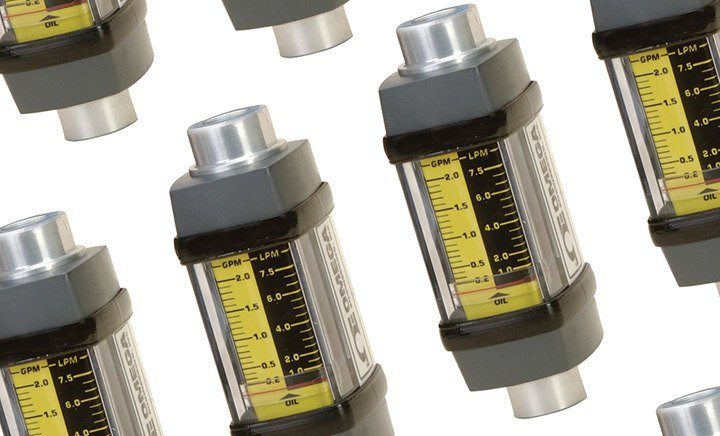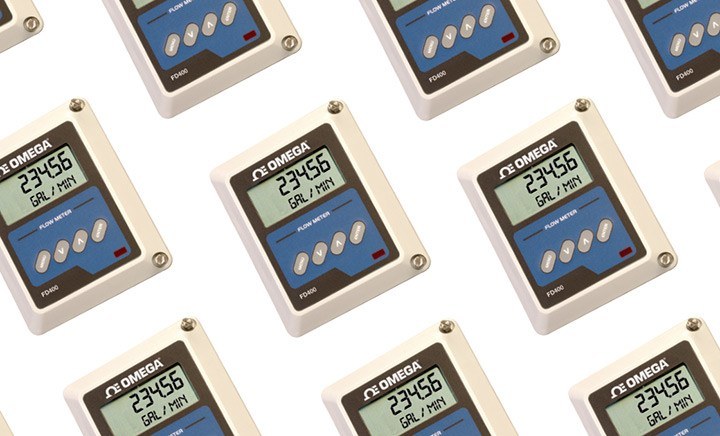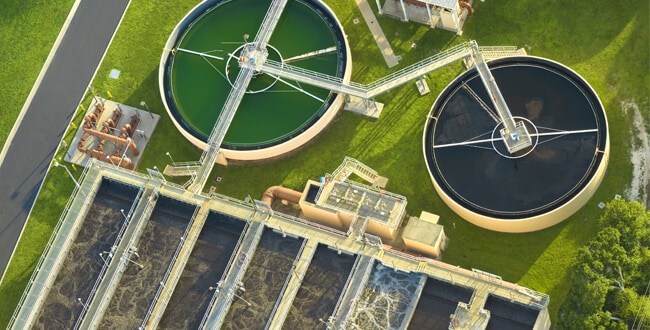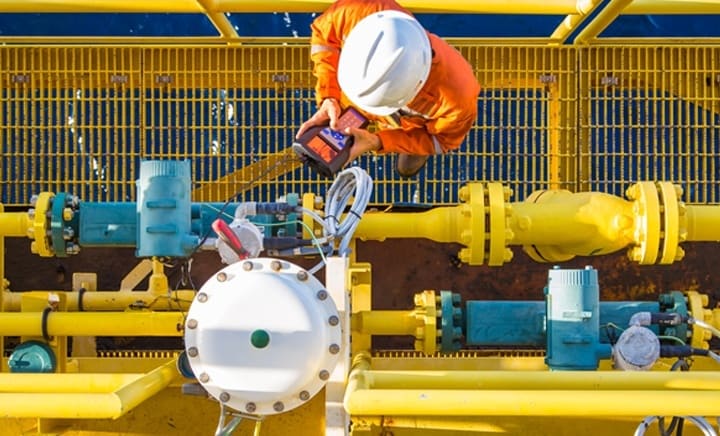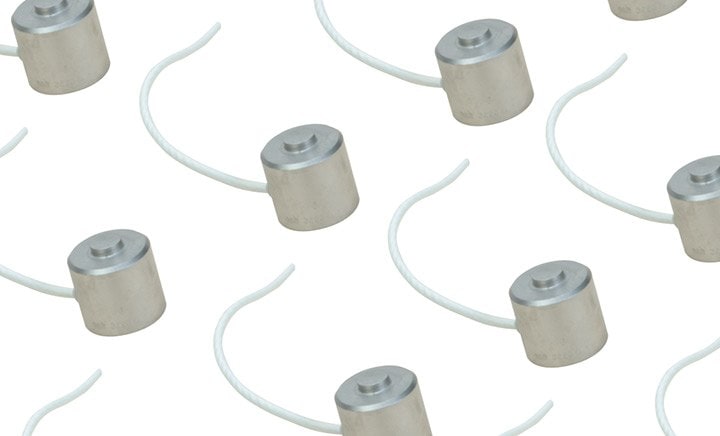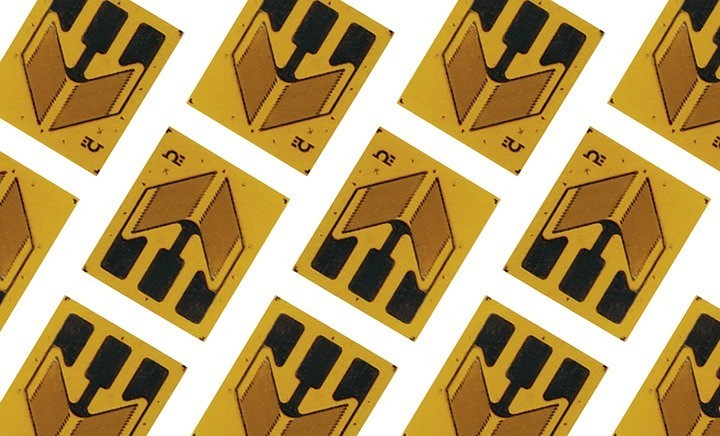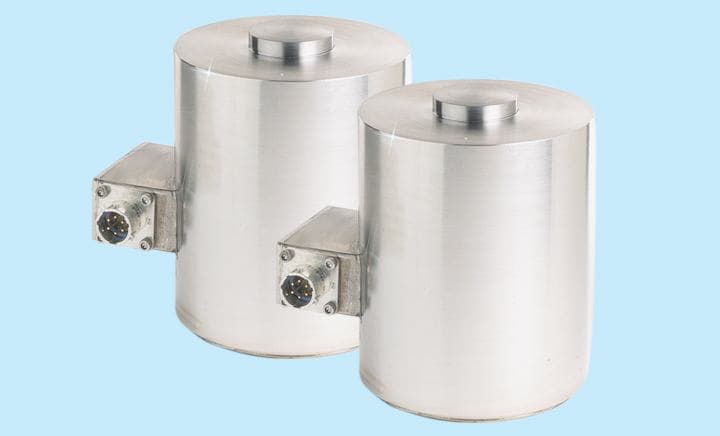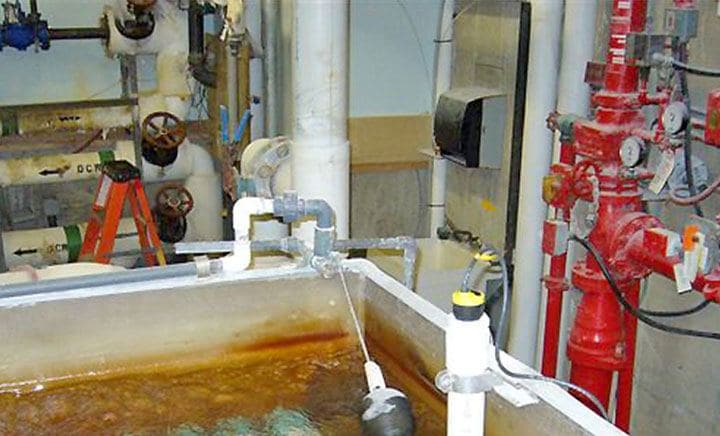
Thermocouple Response Time Time constants calculated for air at room temperature and atmospheric pressure moving with velocity of 65 feet per second for thermocouples
Tagged as:Technical Learning, Get Curious
Read More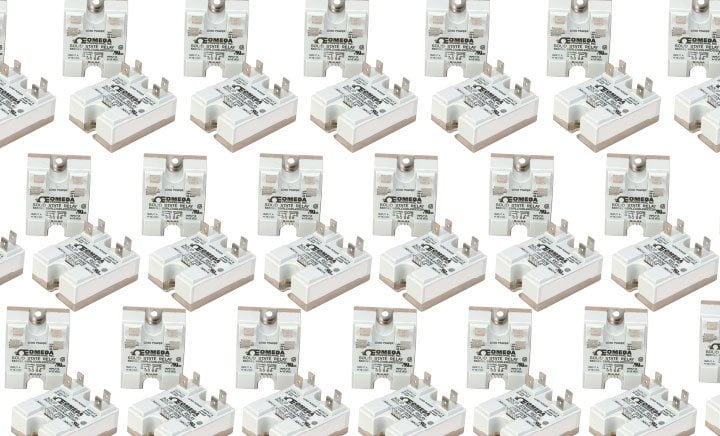
Connecting Relays to a Digital Output Board and Noise Considerations Mechanical relays are very noisy (electrically) and they can cause problems when connecting them to a PC digital I/O card, ranging from spikes on your analog measurements to computer lockups!
Tagged as:Case Study, Get Curious
Read More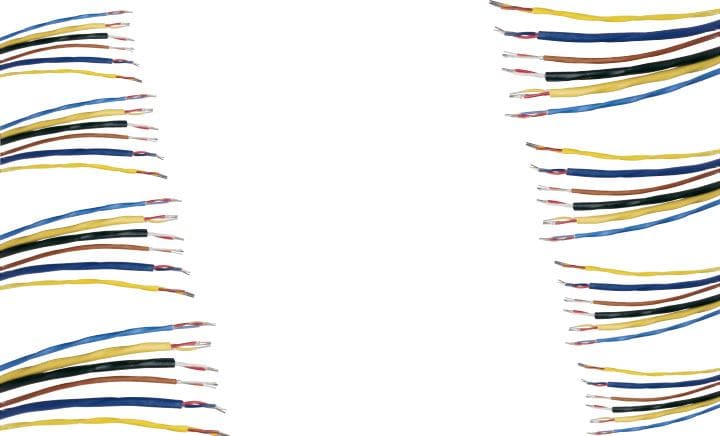
Thermocouples - Reference Guide OMEGACLAD® is a three-part system composed of compacted MgO insulation, thermocouple wire and metal sheath.
Tagged as:Technical Learning, Get Curious
Read More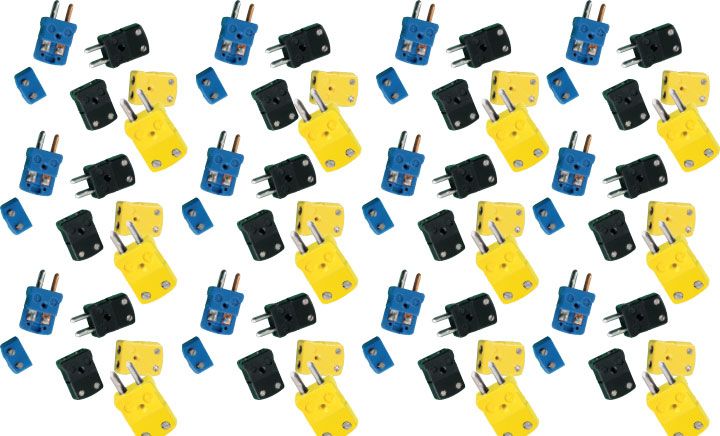
How to choose a Thermocouple There are different types of thermocouples and their applications may vary. An exposed thermocouple will work best when high response times are required, but an ungrounded thermocouple is better in corrosive environments
Tagged as:Product Info, Get Curious
Read More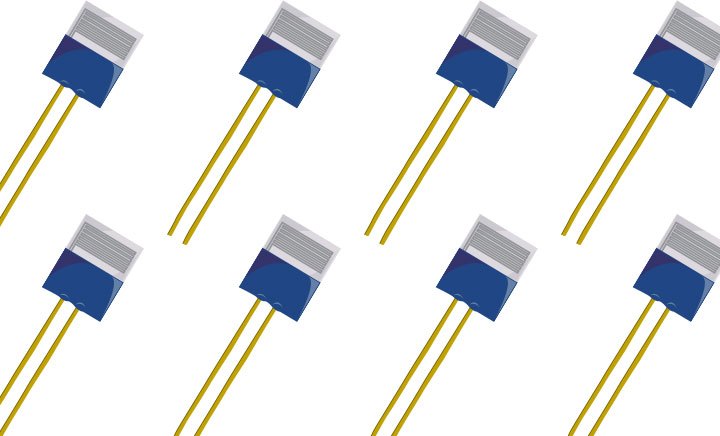
How to Choose Between a RTD PT100 vs Pt1000? The sensing elements in Resistance Temperature Detectors (RTD’s) can be categorized in terms of the type of metal out of which they’re made and their resistance at a benchmark temperature.
Tagged as:Product Info, Get Curious
Read More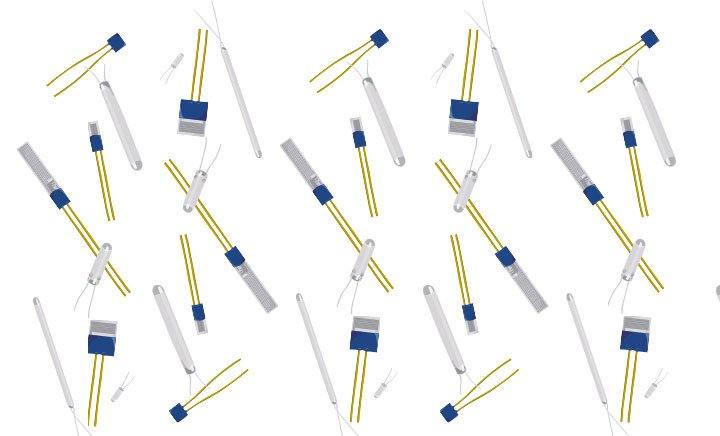
Types of RTDs Resistance Temperature Detectors (RTDs) available today can generally be categorized into one of two basic types of RTDs, depending on how their temperature sensing element is constructed.
Tagged as:Product Info, Get Curious
Read More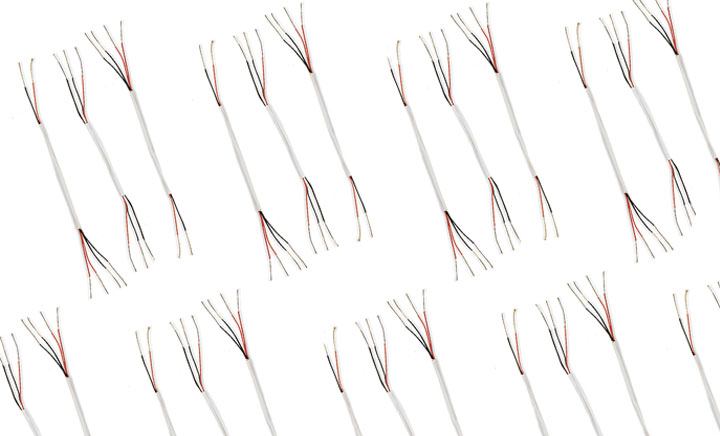
What Are the Differences Between 2-Wire, 3-Wire, and 4-Wire RTD Configurations? A Resistance Temperature Detector (RTD) measures temperature using a resistor with a resistance value that changes as its temperature increases or decreases.
Tagged as:Product Info, Get Curious
Read More
How to Use Ferrite Cores with Instrumentation OMEGA’s thermocouple and RTD connectors with built-in nickel-zinc ferrite cores are used where it is desired to suppress electro-magnetic, interference commonly known as EMI.
Tagged as:Technical Learning, Get Going
Read More
